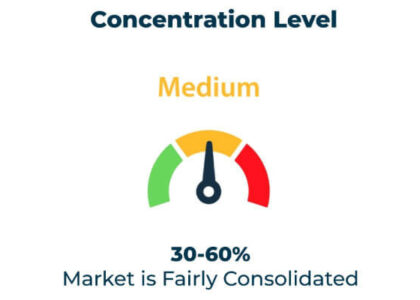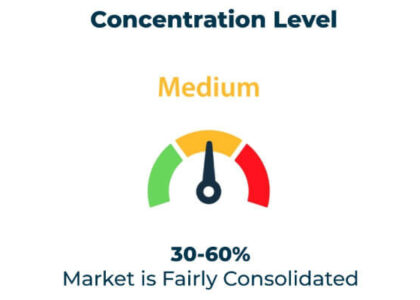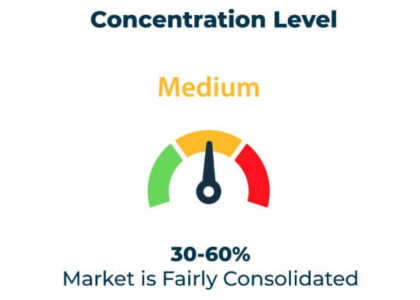
The plasma bottle market share analysis is poised for substantial growth between 2025 and 2035, fueled by the ever-evolving needs of the healthcare, biopharmaceutical, and laboratory sectors. As these industries increasingly prioritize precision, sterility, and safety, the demand for reliable, aseptically sterilizable containers such as plasma bottles continues to escalate.
These specialized bottles are not only designed to store and transport blood plasma and other sensitive biological samples but also play a vital role in maintaining the viability and integrity of such substances under regulated conditions.
Plasma bottles are specialized containers designed for the safe storage and transport of blood plasma and other biologically active substances. Typically made from medical-grade plastics or glass, these bottles are engineered to be leak-proof, chemically inert, and resistant to sterilization processes such as autoclaving or gamma irradiation. They are integral to procedures in transfusion medicine, laboratory research, and biopharma production, where sterility and safety are non-negotiable.
Discover Growth Opportunities in the Market – Get Your Sample Report Now
https://www.futuremarketinsights.com/reports/sample/rep-gb-20881
Innovations in Raw Materials and Manufacturing
A defining feature of the upcoming decade in the plasma bottle market will be the industry’s commitment to advancing material science and production precision. Leading manufacturers are shifting toward high-quality polymers and co-polyester resins that not only offer superior chemical resistance and thermal stability but are also compatible with multiple sterilization methods, including autoclaving, gamma irradiation, and ethylene oxide.
Furthermore, manufacturing technologies are becoming more refined and automated, ensuring consistent wall thickness, precision-molded closures, and tamper-evident features. These innovations significantly reduce the risks of cross-contamination and leakage, enhancing the credibility of plasma bottle packaging in clinical and laboratory settings.
Growth Drivers and Demand Factors
- Rising Healthcare Expenditure and Blood Plasma Usage: With the rise in chronic illnesses such as hemophilia, liver diseases, and immunodeficiencies, the demand for blood plasma and related products has surged. Plasma bottles serve as a vital tool in the collection and preservation of this life-saving resource. Increasing healthcare expenditure globally is enabling better access to advanced medical treatments and diagnostics, further fueling demand.
- Expansion of Biopharmaceutical and Research Sectors: Biopharma companies and research laboratories are key drivers of plasma bottle demand. The growing focus on developing plasma-derived therapies, vaccines, and diagnostics requires reliable and sterile packaging solutions. Plasma bottles must meet stringent quality control norms to ensure product safety and regulatory compliance, encouraging innovation in design and materials.
- Regulatory and Safety Standards: Stringent regulatory frameworks from agencies such as the FDA, EMA, and other regional bodies mandate high standards for medical packaging. Plasma bottles must comply with these regulations to guarantee aseptic conditions, biocompatibility, and chemical resistance. Compliance requirements push manufacturers to invest in quality control, advanced sterilization methods, and validated production processes, which in turn drive market growth.
- Technological Advancements in Manufacturing: Manufacturers are leveraging cutting-edge technologies including blow-fill-seal (BFS) processes, automation, and quality inspection systems to enhance product consistency and safety. These innovations help reduce contamination risk and increase production efficiency, addressing the demand for high-quality plasma bottles in large volumes.
Push Toward Sustainable and Eco-Friendly Practices
Sustainability has become a key theme across all industrial verticals, and the plasma bottle market is no exception. In the coming years, manufacturers are likely to face increasing pressure to adopt greener production processes and biodegradable or recyclable materials. The healthcare industry’s significant environmental footprint has prompted both regulators and organizations to seek eco-conscious packaging options without compromising on sterility or performance.
Consequently, market leaders are experimenting with plant-based polymers, lightweight bottle designs, and closed-loop recycling systems. This not only reduces the carbon footprint but also aligns with the broader Environmental, Social, and Governance (ESG) goals of major pharmaceutical companies and healthcare systems.
Vendor Insights on Capacity, Compliance Certifications, and Global Reach
- Thermo Fisher Scientific: Leader in recyclable, sterile plasma bottle technology.
- Corning: Specialist in high-barrier plasma storage and containment solutions.
- DWK Life Sciences: Advances in ultra-durable and sustainable plasma packaging.
- SciLabware: Innovates lightweight, eco-friendly plasma bottles for lab applications.
- Nalgene: Expertise in high-impact, resistant plasma bottles for clinical use.
Top Segments Studied in the Plasma Bottle Market: Volume, Closure Type, Material, End Use, and Region
By Key Industries:
- Biopharmaceuticals
- Medical & Clinical Research
- Blood Banks & Transfusion Centers
- Diagnostics & Biotechnology
By Product Categories:
- Sterile Plasma Bottles
- Biodegradable & Sustainable Bottles
- High-Barrier Plasma Bottles
- Customizable Smart Plasma Bottles
About Future Market Insights (FMI)
Future Market Insights, Inc. (ESOMAR certified, recipient of the Stevie Award, and a member of the Greater New York Chamber of Commerce) offers profound insights into the driving factors that are boosting demand in the market. FMI stands as the leading global provider of market intelligence, advisory services, consulting, and events for the Packaging, Food and Beverage, Consumer Technology, Healthcare, Industrial, and Chemicals markets. With a vast team of over 400 analysts worldwide, FMI provides global, regional, and local expertise on diverse domains and industry trends across more than 110 countries.
Contact Us:
Future Market Insights Inc.
Christiana Corporate, 200 Continental Drive,
Suite 401, Newark, Delaware – 19713, USA
T: +1-347-918-3531
For Sales Enquiries: sales@futuremarketinsights.com
Website: https://www.futuremarketinsights.com
LinkedIn| Twitter| Blogs | YouTube





